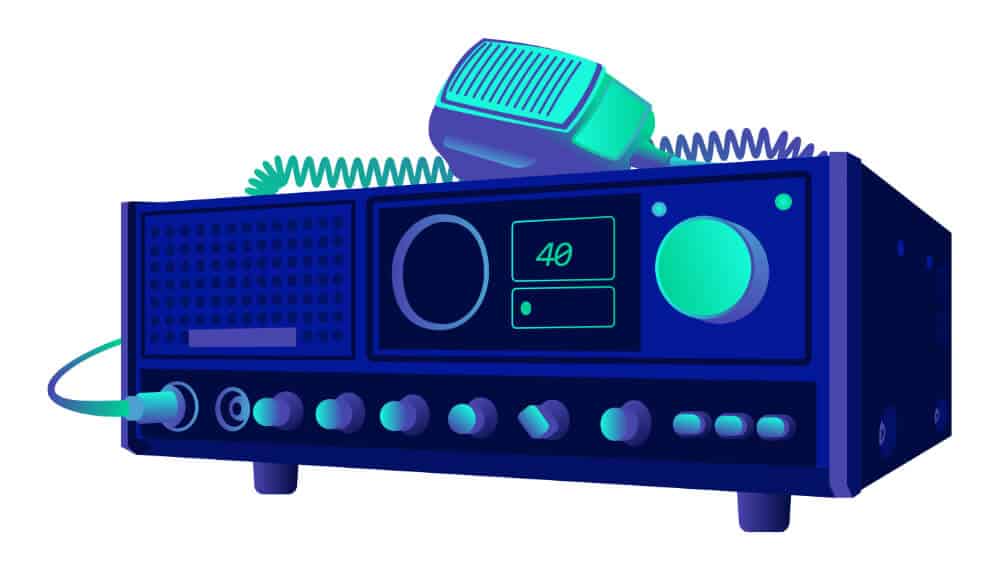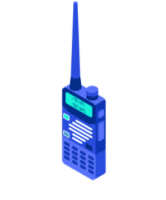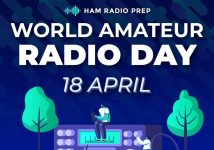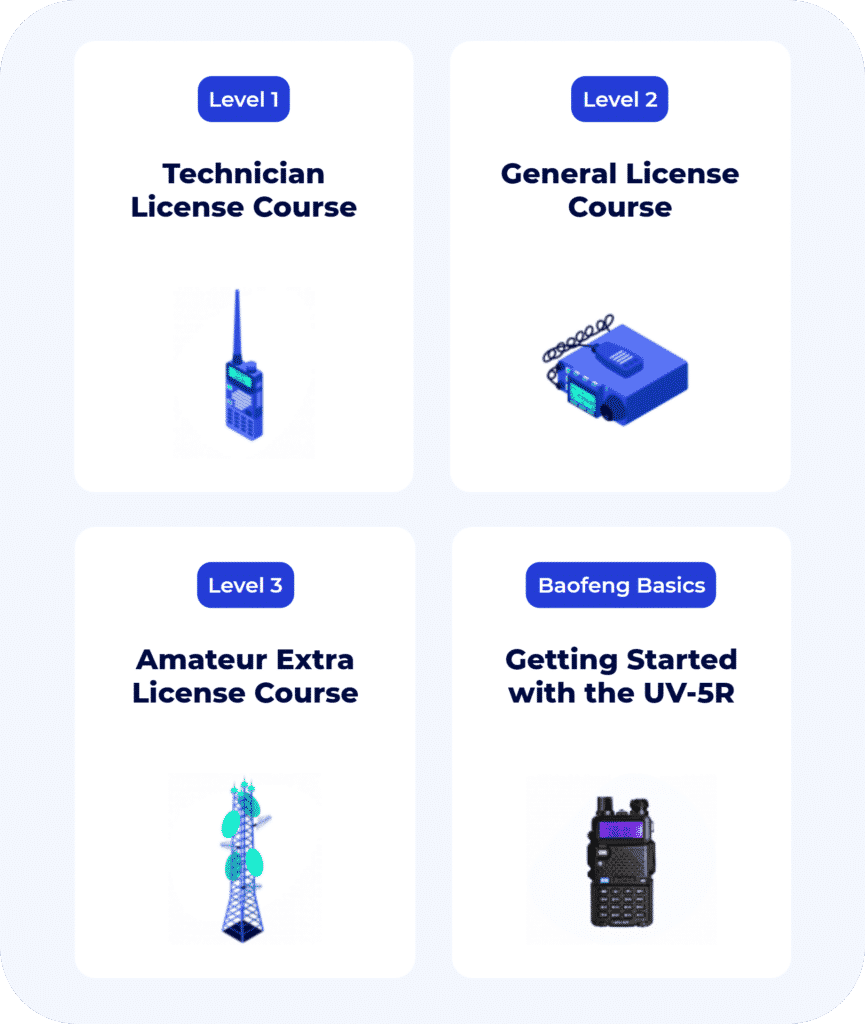In this guide:
The two most popular radio services in the United States are the Citizens Band (CB) Radio Service and the Amateur Radio Service. There are significant differences between the two services, and knowing these differences will help you choose the one that’s right for you.
CB Radio

The Citizens Band Radio Service (CBRS) is a private, two-way, short-distance voice communications service for personal or business use. Citizens Band users can operate on 40 channels between 26.965 MHz and 27.405 MHz, with a maximum output power of 4 W. Under most conditions, you can expect a range of 1-5 miles. Licenses are no longer required to operate a Citizens Band station, and the FCC does not renew formerly issued CB Radio Service licenses.
People get into CB radio because they don’t have to take an exam and get a license, the equipment is inexpensive, and it can be very useful in some situations. The low power output and limited frequency range can, however, be quite limiting. If these are limiting factors for you, then you should consider getting an amateur radio license.
Amateur Radio (aka Ham Radio)
If you’re really interested in pursuing radio as a hobby, and want to learn about the technology as well as use it, then the Amateur Radio Service is for you. The advantages of the amateur radio service include:
- Amateur radio operators can use frequency bands from “DC to daylight.” The lowest frequency band available to amateur radio operators is the 2200 m band, which stretches from 135.7-137.8 kHz. At the high end of the radio spectrum, amateur radio operators are allowed to transmit on frequencies above 275 GHz. This allows amateur radio operators to choose the appropriate frequencies for nearly any communication requirement.
- Amateur radio operators are allowed to use much higher output power. Amateur radio stations can have up to 1,500 W of output power. This flexibility, coupled with the ability to choose different frequency bands, allows amateur radio operators to communicate with other amateurs locally or around the world.
- Amateur radio operators are encouraged to experiment with their radio equipment, unlike users in the other personal radio services. Instead of having to use only radio equipment certificated by the FCC, radio amateurs are allowed to build their own gear and experiment with new communications methods. A good example of this is digital communications. Amateur radio operators have been experimenting with digital techniques that allow communications even when signals are so weak that they humans can’t hear them. So, if you like to tinker and experiment with your equipment, amateur radio is the right choice for you.

Of course, all of this does come at some cost. Unlike the other radio services, which do not require a license, or do not require a test to be licensed, to obtain an amateur radio license, one must take a test. And, to get all amateur privileges, one must take three different tests—the Technician Class test, the General Class test, and the Amateur Extra Class test. The FCC charges $35 for your initial 10-year license, but there is no FCC charge if you upgrade your license, such as from Technician to General.
Getting started in amateur radio is not that difficult. To get a Technician Class license, you must pass a 35-question, multiple-choice test. And, there are plenty of online resources, like HamRadioPrep, to help you study for your test.
Differences between CB Radio and ham radio
| CB Radio | Ham Radio | |
|---|---|---|
| Licensed required? | no | yes |
| Range | limited | world-wide communications |
| Power | 4 W | 1,500 W |
| Radio Experimentation | no | yes |
| Frequencies | 26.965 – 27.405 MHz | DC to daylight |
| Modes of operation | AM, SSB, FM | AM, FM, SSB, CW, Digital (DMR, D-STAR, Fusion, etc.), Image (ATV, SSTV), and many more |
| Antennas | limited selection | nearly unlimited selection |
Can ham radio be used as a CB radio?
Generally, the answer is no. CB radios come out-of-the-box with a specific product certifications, and you are not permitted to modify the power output or any internal components of the radio. If a licensed amateur radio operator wanted to speak on a CB frequency range, the operator would need to use a CB radio.
That said, amateur radio can be used in many applications where people currently use CB radios. For example, some road rally organizers use CB radios to communicate during a rally. Amateur radio could also be used for this type of communication, and has the advantage of greater range, but you need to be licensed to use a ham radio in this situation.
What about other personal radio services?
CB Radio and amateur radio are not the only two person radio services available! Two additional radio services you might consider are:
- General Mobile Radio Service (GMRS)
- Family Radio Service (FRS)
GMRS
Family Radio Service (FRS)
The Family Radio Service (FRS) is a service for individuals as well as businesses. A license is not required to operate an FRS radio, and the service operates on 22 channels also used by GMRS, but the radios are limited to 2 watts output power on 462-MHz channels and 0.5 watts on 467-MHz channels. Also, the radios cannot have a detachable antenna. As you can imagine, with these technical limitations, the range of FRS radios is limited and a maximum range of 1 mile is common.
The FCC rules for the Citizens Band Radio Service, General Mobile Radio Service, and Family Radio Service are located in 47 C.F.R. Part 95.
If your communications needs are modest, and being able to talk to friends and family locally are all you’re after, then one of these services could be right for you.












